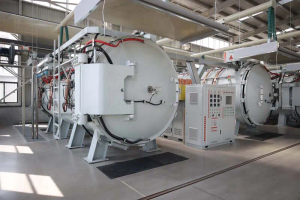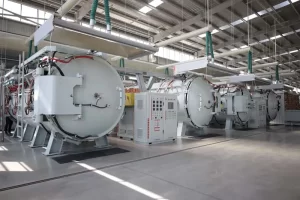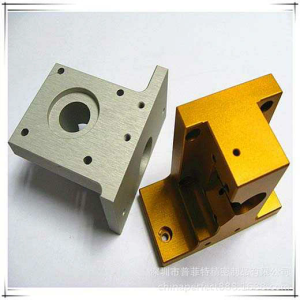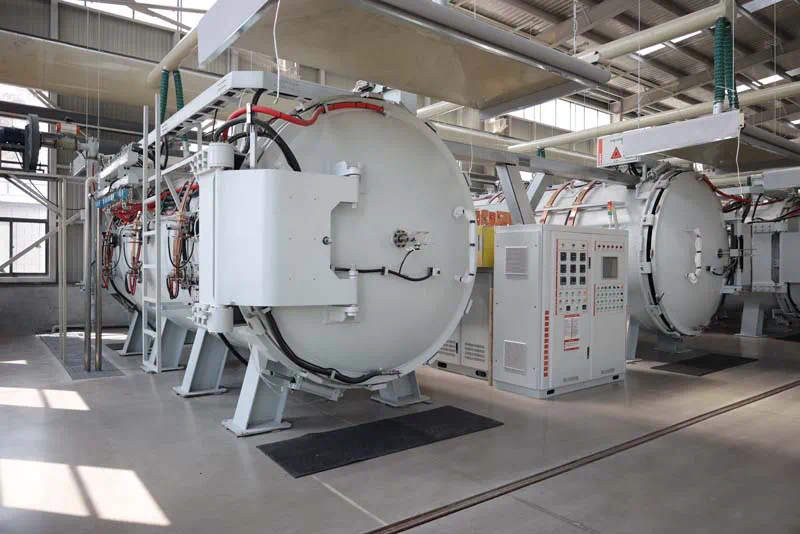Safety Practices for Glass-Lined Reactors
Glass-lined reactors are essential in chemical and pharmaceutical industries for their versatility and durability. However, working with these reactors requires stringent safety measures to prevent accidents and ensure operational efficiency. This comprehensive guide outlines essential safety practices, guidelines, and considerations for handling glass-lined reactors effectively.
Understanding Glass-Lined Reactors
Glass-lined reactors consist of a glass lining applied to the interior surfaces of steel vessels. This lining provides excellent resistance to corrosion from acids, alkalis, and other chemicals, making the reactors suitable for a wide range of processes. Despite their robust construction, these reactors require careful handling to maintain integrity and prevent damage to the glass lining, which could compromise safety and productivity.
Safety Guidelines for Operating Glass-Lined Reactors
1. Pre-Operational Checks and Inspections
Before starting any operation, conduct thorough inspections to ensure the reactor is in good condition:
– Visual Inspections: Examine the glass lining for any signs of cracks, chips, or discoloration, which could indicate weakening.
– Mechanical Checks: Verify the integrity of agitators, baffles, and other internal components to prevent mechanical failures during operation.
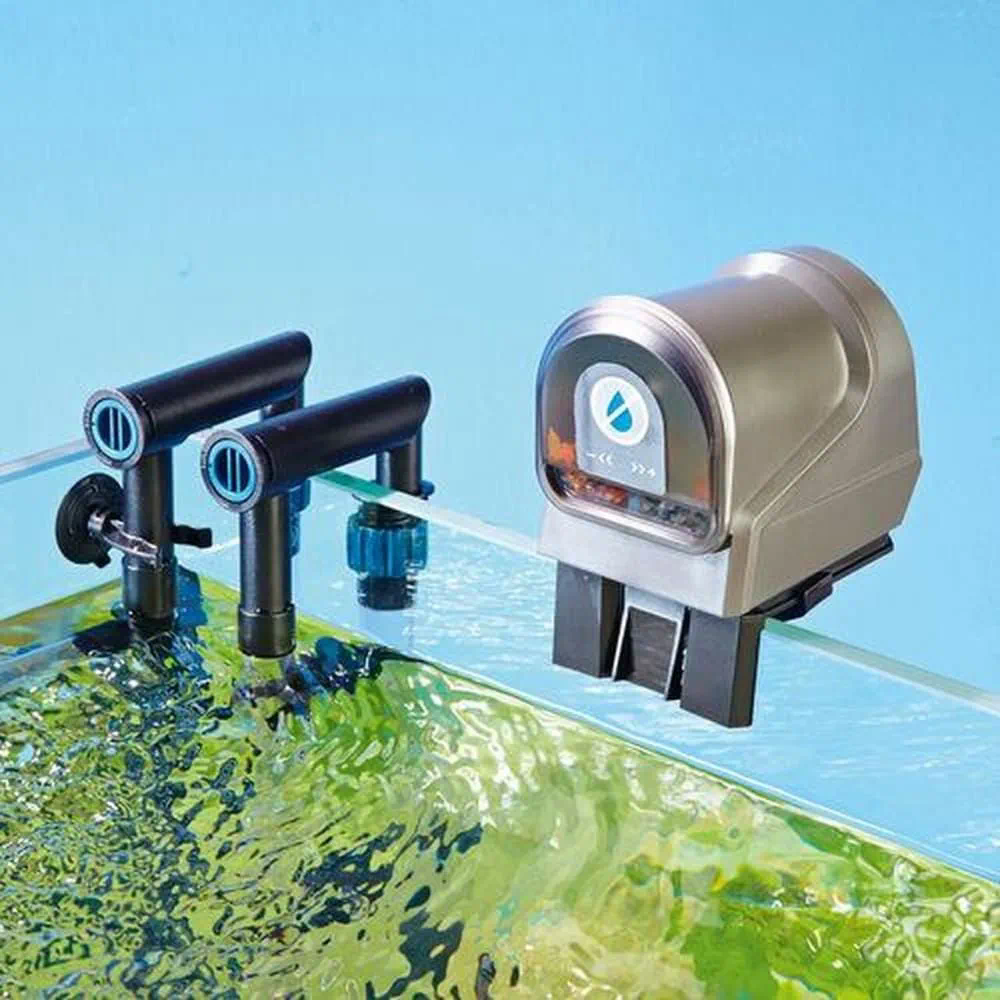
– Seals and Gaskets: Inspect seals and gaskets for wear and tear, ensuring they are intact to prevent leaks.
2. Handling Chemicals Safely
The choice and handling of chemicals are critical to maintaining the integrity of the glass lining:
– Chemical Compatibility: Ensure chemicals used are compatible with the glass lining to avoid corrosion or chemical reactions that could compromise safety.
– Avoid Abrasive Materials: Refrain from using abrasive materials that could scratch or damage the glass lining, leading to potential failure under stress.
3. Temperature and Pressure Control
Controlled temperature and pressure are crucial for safe operation:
– Temperature Limits: Adhere to temperature limits specified for the glass lining to prevent thermal shock, which can cause cracking.
– Pressure Management: Avoid sudden pressure changes that can stress the glass lining, leading to potential failure. Use pressure relief valves as necessary.
4. Operational Procedures
Follow strict operational procedures to minimize risks:
– Start-Up and Shutdown Protocols: Implement proper start-up and shutdown procedures to prevent thermal stress and mechanical damage.
– Agitation and Mixing: Monitor glass lined stainless steel reactor agitation speeds to prevent excessive stress on the glass lining, ensuring uniform mixing without compromising safety.
5. Maintenance and Inspection Routines
Regular maintenance is essential for prolonging the life of glass-lined reactors:
– Scheduled Inspections: Establish a routine inspection schedule to detect early signs of wear or damage to the glass lining.
– Maintenance Protocols: Follow manufacturer-recommended maintenance procedures for replacing seals, gaskets, and other components to maintain operational safety.
Conclusion
Adhering to these safety practices ensures the reliable and safe operation of glass-lined reactors in industrial settings. By understanding the unique properties of the glass lining and implementing stringent safety measures, operators can minimize risks, prolong equipment life, and enhance overall productivity in chemical and pharmaceutical processes.
Implementing these guidelines not only safeguards personnel and the environment but also contributes to the efficient and sustainable operation of glass-lined reactors in various industrial applications. Always prioritize safety through proactive maintenance, careful glass lined reactor spark test chemical handling, and adherence to operational protocols to achieve optimal performance and longevity from glass-lined reactors.



